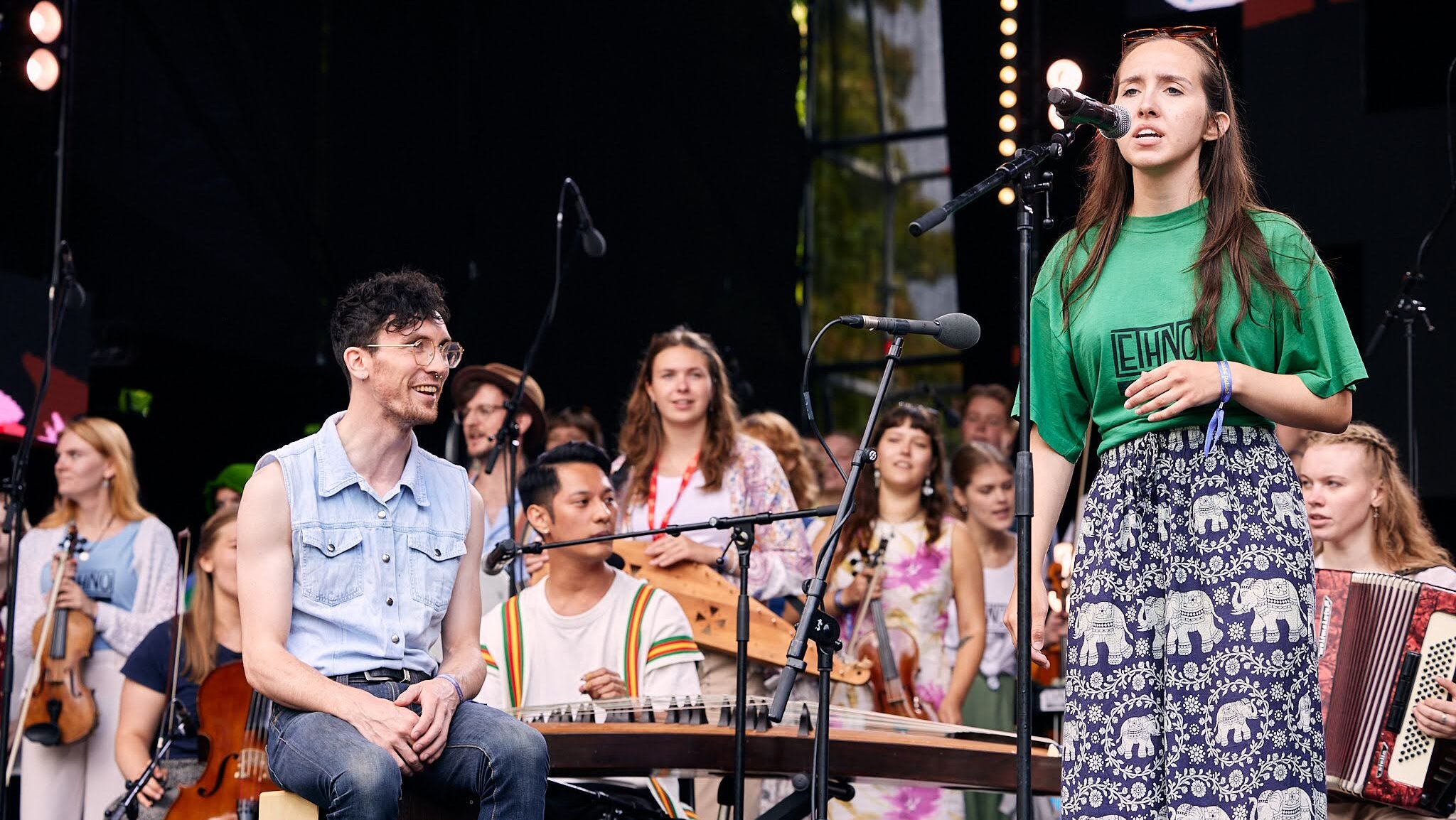Others altered their purpose and became schools or concert venues, for example. Quite a few have been bought, renovated, and opened up as hotels and spas.
One of the most eye-catching of these is what used to be Taagepera mõis in Valga County. The biggest visual trademark of this destination, which became a national cultural monument in 1999, is the castle that sits on the property's grounds (Taagepera Loss). You can stand low down on the hill, look up, and definitely see characteristics that match up with a castle. On the right hand side is a round tower that stands 40 metres tall, with a view above the entire complex for all those who climb up its winding staircase.
The structure's wide gables are marked with a spare arrangement of narrow windows. There are pointed turrets on the corners of the structure, and from its lower section, we can see a layer of exposed stone going around the building, along with a few small, sloped batters that echoe the battlements of a fortress. Nevertheless, the castle has never really been a form of defence for anyone.
The manor as a whole was first documented in the early 1600s, when it was owned, under the German name Wagenküll, by the von Rehbinder family. Thereafter, up to the late 1700s, it was owned by the von Stackelbergs. After this, it was owned by the von Stryk family, until the family lost possession of the manor after Estonia gained its independence. In 1922, the manor became a sanatorium, and continued in this purpose for 78 years.
Täismahus artikkel on loetav Eesti Elu tellijatele
Igal nädalal toome me sinuni kõige olulisemad kogukonna uudised ja eksklusiivsed lood uutelt kolumnistidelt. Räägime eestlastele südamelähedastest teemadest, kogukonna tegijatest ja sündmustest. Loodame sinu toele, et meie kogukonna leht jätkuks pikkadeks aastateks.
Hind alates $2.30 nädalas.




